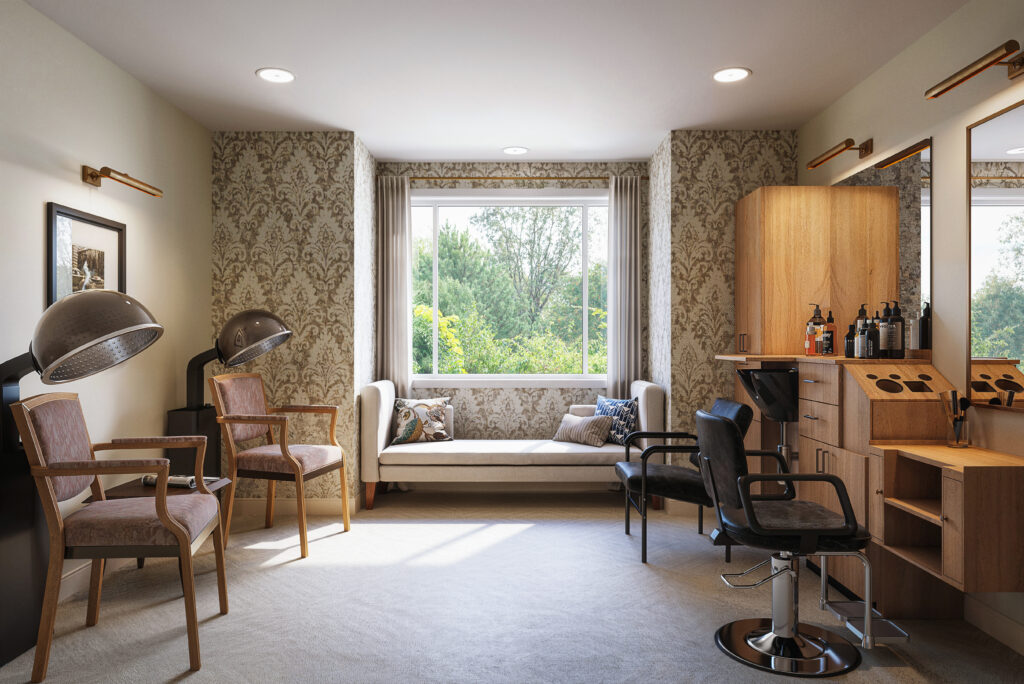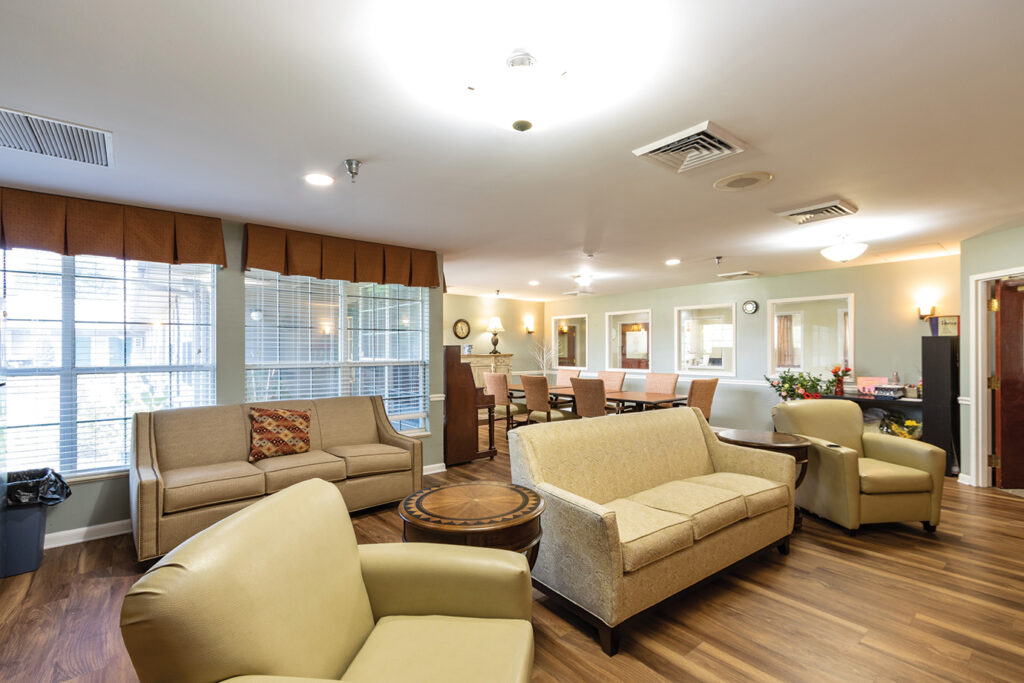As a strategic partner, Hamister Group creates income-generating opportunities through forward-thinking real estate investment and management.
Leveraging experience and a proactive approach, Hamister Group’s legacy speaks for itself.
48
years of experience
2300
units managed
1300
employees
Your Sophisticated Partner
Approaching Investments with Innovation
Hamister Group is a proven leader in hospitality and real estate investments, with nearly 50 years of experience acquiring, redeveloping, and managing high-value senior housing and hotel properties. Our strategy targets underperforming assets in high-growth markets, where we generate long-term value through operational excellence and in-depth industry expertise. Backed by trusted investment partners, we deliver stable, innovative opportunities that bridge the senior housing and hospitality sectors with a shared focus on quality and growth.
A History of Success
Managing Properties for Continued Excellence
We manage a diverse portfolio of senior living and hotel real estate across eight states. With over 48 years of experience in real estate investment and management, we have successfully executed numerous transactions, generating strong returns and long-term value for our investors. Our strategic approach, industry expertise, and commitment to excellence have allowed us to navigate market opportunities effectively, ensuring continued growth and success.






